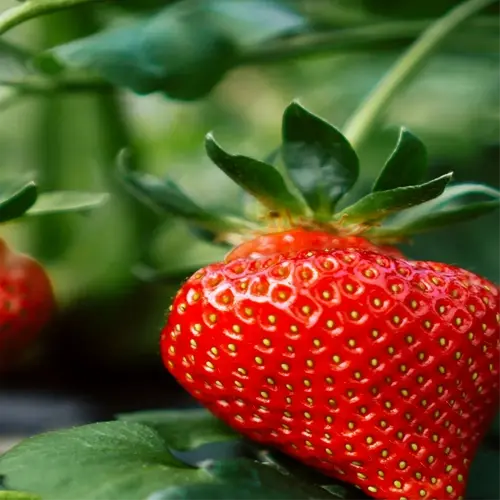How do you harvest tea leaves correctly?

Written by
Liu Xiaohui
Reviewed by
Prof. Samuel Fitzgerald, Ph.D.Properly harvesting tea leaves determines the final quality of your brewed cup of tea. I learned this through some trial and error on my tea farm in Vermont. First, it is important to understand what leaves to pick or cut during a spring growth spurt: the first two leaves and terminal bud. When harvesting, a pair of stainless steel snips will work well (make sure to sterilize them with an alcohol wipe), as you don't want any ragged cuts that might invite disease. After harvesting, it is critical to process your leaves - as in hulling them or processing them into a green or black variety - within two hours so you do not lose the freshness of the leaves.
Timing & Selection
- Pluck leaves 8-10AM after dew evaporates
- Choose stems with 4-6 mature leaves below new growth
- Discard any leaves with yellowing or insect damage
Tool Maintenance
- Disinfect shears between plants with 70% isopropyl
- Sharpen blades weekly during peak season
- Store tools in dry silica gel packs post-use
Post-Harvest Processing
- Green tea: Steam leaves within 30 minutes
- Black tea: Ferment in 80% humidity for 24-72hrs
- White tea: Air-dry intact buds for 48hrs minimum
Local rituals influence harvest practices. In Kyoto, growers will generally hand-roll leaves immediately after harvest into tight your needles, or if no rolling occurs, the leaves are still formed into tightly pressed cakes. In Darjeeling, growing estates may decide to ‘pluck' the entire terminal stem for a complex muscatel aroma. Experimental evidence shows that leaves harvested in the afternoon provide 12% more theanine per gram of fabricated leaf than the morning pick, but caffeine content was diminished by 15%.
Immediate Processing
- Spread leaves on bamboo trays in single layers
- Avoid plastic containers - use stainless steel or glass
- Weigh batches to track moisture loss percentages
Long-Term Preservation
- Vacuum-seal with oxygen absorbers at 35% RH
- Store below 40°F (4°C) for green/white teas
- Label containers with harvest date and elevation data
It takes three entire growing seasons to learn how to properly harvest. Write down the leaf-to-water ratio and steep time for every batch. I had a second flush oolong from 2022 that won a regional competition, which goes to show that backyard growers can compete with commercial growers if you're precise in your harvest and processing.
Read the full article: How to Grow Tea at Home Successfully

